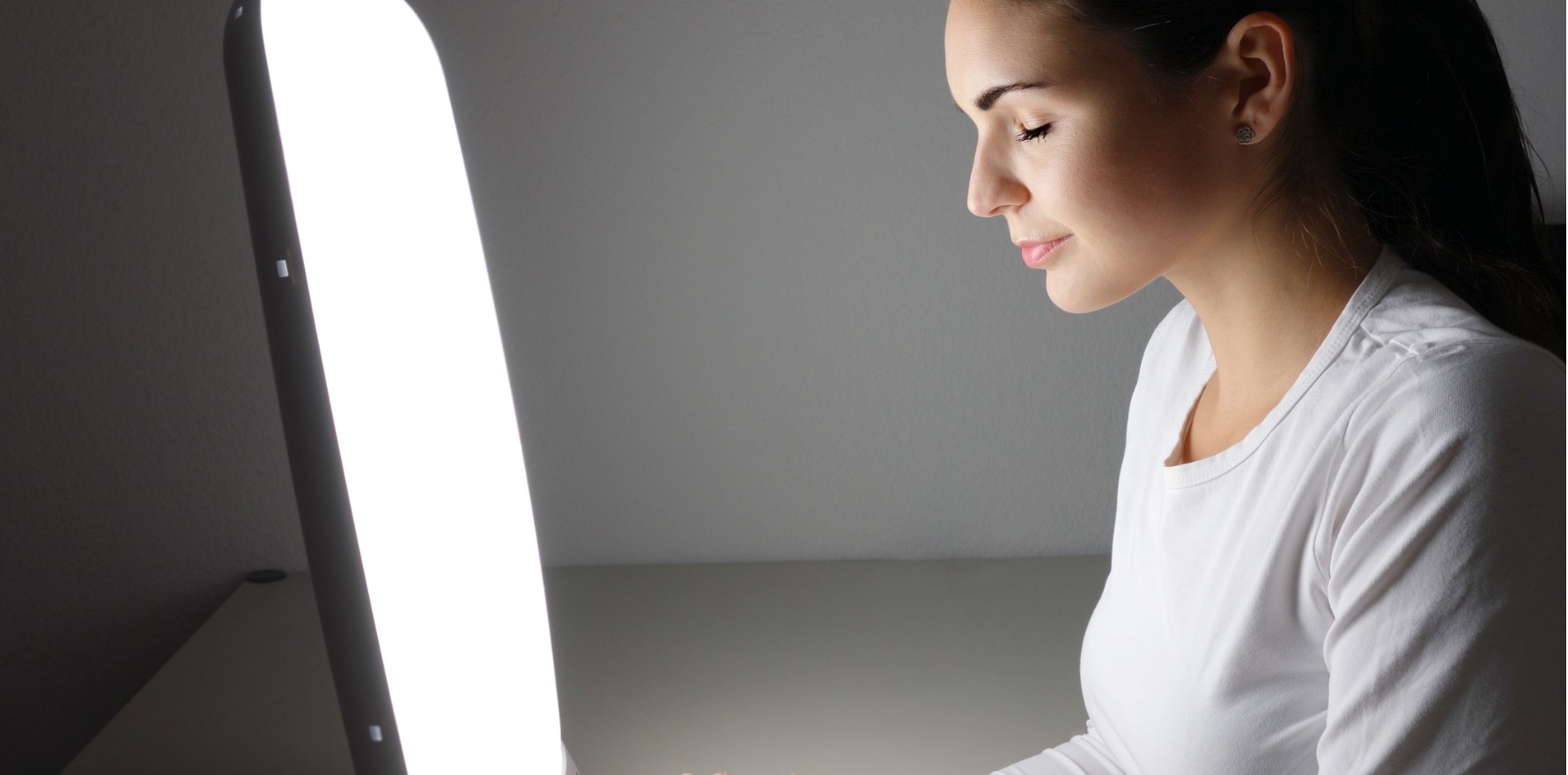
Being able to access treatment at home could be more convenient for certain patients.
Psoriasis patients who used a phototherapy device at home proved the approach could be safe, effective and potentially lead to increased treatment uptake.
Phototherapy continues to be a commonly used treatment for psoriasis despite advances in pharmacological therapies due to its effectiveness, safety profile and cost.
However, these benefits can be reduced by the need to visit a clinic up to three times a week for extended periods (up to three months) to receive the treatment. The idea of using phototherapy devices at home is becoming increasingly popular, but there is little data about whether the treatment delivers similar results at home compared to in a recognised medical setting.
But the findings of a recent US study, published in JAMA Dermatology, suggest that home-based phototherapy is just as effective as the office-based version and places less burden on patients in terms of time and money spent receiving the treatment.
“These findings demonstrate the continued importance of phototherapy despite recent therapeutic advantages,” the authors concluded.
As part of the noninferiority randomised clinical trial, aptly called the Lite Treatment Effectiveness (LITE) study, researchers recruited 783 patients with plaque or guttate psoriasis aged 12 years or older from 42 practices across the US. There were no medical washouts or prohibited therapies as part of the trial protocol.
Patients were randomised to receive either 12 weeks of at-home or in-office narrowband 311 nanometre UV-B phototherapy. Dermatologists were not required to adhere to a particular set of treatment guidelines. Rather, they could use whatever treatment protocol they regularly used in their practice.
At-home therapy was found to be non-inferior to the office-based therapy on the two primary effectiveness outcomes: the proportion of patients with clear or almost clear skin (defined as a Physician Global Assessment score of 0 or 1; 32.8% versus 25.6%) and with no or a small effect of quality of life (defined as a score of 5 or lower on the Dermatology Quality of Life Index; 52.4% versus 33.6%).
Lead author Dr Joel Gelfand emphasised the need to remember the study design when considering the results.
“Statistically speaking, we cannot claim that one treatment was better than the other,” the academic dermatologist from the University of Pennsylvania told JAMA Dermatology.
“But if you look at the results, people on home therapy did a lot better in general than people did in the office. And this is true [regardless of] what your skin type was.”
In addition, a greater proportion of patients randomised to home-based phototherapy achieved a minimal clinically important difference in their DLQI score – 4 or more points – compared to the office-based group (47.8% versus 33.3%).
On average, patients in the home-based treatment group received a greater number of treatment (26.8 versus 18.0) and had fewer days each week where they used topical concomitant treatments compared to the office-based group (3.1 days/week compared to 3.9).
The rate of serious adverse events was similar between the home- and office-based treatment arms (approximately 1% in each).
“[The] observed differences are likely attributable to the substantial barries patients receiving office-based phototherapy encounter, including both direct and indirect costs and convenience, which limit adherence,” the authors wrote.
While the authors suggested home-based phototherapy should be considered as a first-line treatment for psoriasis, they acknowledged this approach would not be suitable for all patients.
“The [phototherapy] machine is about the size of a doorway. It’s a flat panel… about six feet tall, [and] plugs into a regular outlet,” said Dr Gelfand.
“Many people… couldn’t participate in the study because they didn’t have space in their home, especially people in the inner city. Or maybe patients have said, ‘I’m old [and] nervous about technology. I’d rather have a nurse administer [the treatment]’.
“That’s totally fine. What we as clinicians need to be able to do is have shared decision-making with patients, meet them where they are.”




